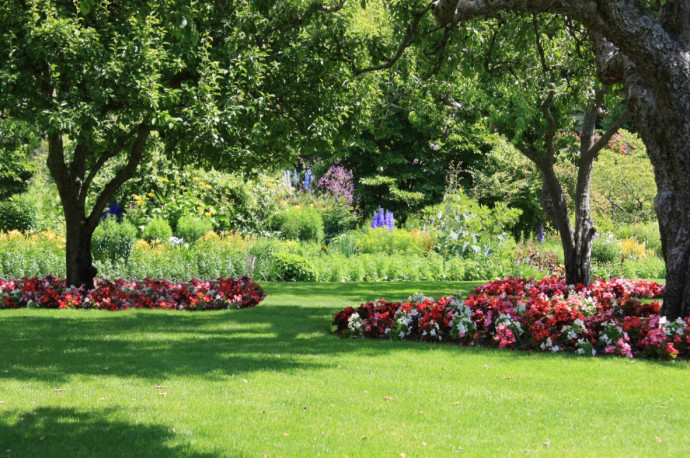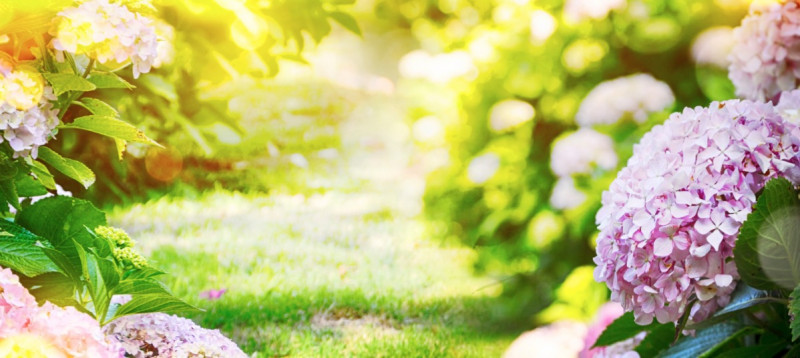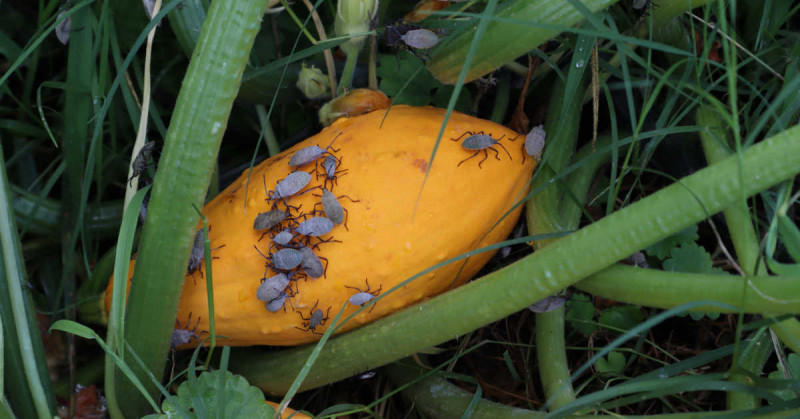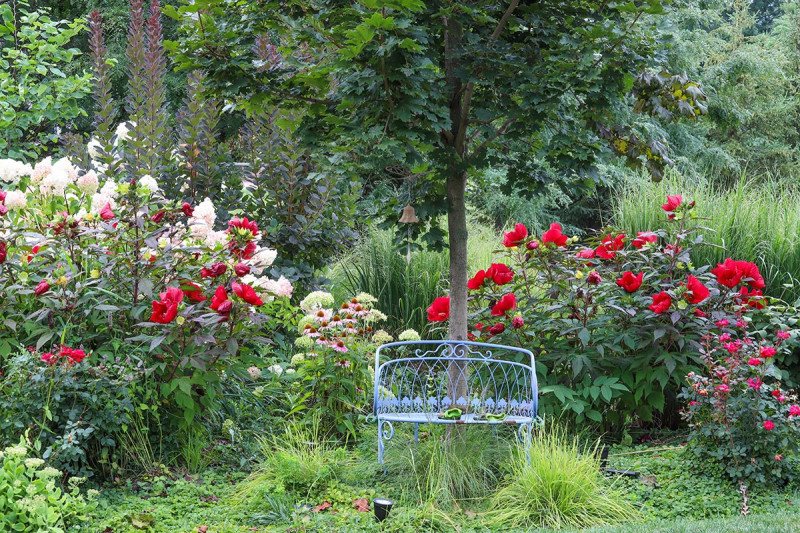Ultimate Mid-Summer Gardening To-Do List

July means midsummer. It means oppressive conditions for plants and people. It's not bad enough that the heat makes you burn: The mosquitoes and ticks take that as an opportunity to feast on you. The main task for gardeners in the South is to fight the drought. Gardeners in the North should also watch for drought, but not to the same degree. Midsummer is a good time for northerners and southerners alike to take stock of the garden and think about appropriate adjustments for next year's garden. Discover the short ultimate mid-summer gardening to-do list.

- Continue to remove suckers from tomato plants and to check that they are supported either with stakes or tomato cages.
- Infestations of insects to be on guard against include but are not limited to those of thrips, tomato fruitworm, tomato hornworm, spider mites, chinch bugs, scale, snails, and slugs. Also look out for diseases such as leaf spot, powdery mildew, and rust.
- Inspect plants for Japanese beetles (Popillia japonica), including gourds, pumpkins, and squash.

- Fertilize heat-resistant flowers such as coleus, hibiscus, Melampodium, Pentas, plumbago, moss rose, and zinnias.

- Pick what's ripe regularly to improve yields. Zucchini plants, for example, will keep bearing through summer as long as you keep ripe fruits picked.
- Pick blueberries before the wild birds eat them. To avoid having to be so vigilant, practice sound bird control. The most common way gardeners have of protecting blueberries from birds is by covering them with nets.
- Inspect fruit trees for water sprouts and prune them off. They will steal energy from fruiting branches.
- Raise the blade of your lawn mower. Tall grass keeps roots cool and conserves moisture - a must in the hot, dry weather typical of July.
- Order bulbs of Colchicum autumnale for planting in August and September. Also known as autumn crocus, these dainty, pale pink to lavender flowers appear in the fall.
- If you've been cutting back your garden mums to encourage a more compact shape, it's time to stop and allow them to form flower buds.
- Now is a good time to make rose cuttings. Choose stems that are just under the diameter of a pencil. Cut them at an angle above a leaf node.Make sure the cutting is at least 4 to 5 inches long and has a couple sets of leaves.
- Tomato hornworms are large with green and white stripes and a red "horn" on the end. Hand picking is the best method of control. However, if you see a pest covered with tiny, erect eggs, leave it alone. These are the cocoons of the braconid wasp, a predator of the tomato hornworm.
- Some potted plants may need to be watered daily. Small pots, hanging baskets and window boxes in sunny locations may even need to be watered twice daily. When the top few inches of soil are dry or the stems are wilted, it's time to water.
- It is time to start planning for your fall vegetable garden. For plants grown from seed, make sure they have enough time to mature before the first fall frost. Check the back of the seed packet for the number of days until harvest to determine when to plant.
- Pull the weeds - especially those that spread by reseeding. If you can get rid of them before they turn to seed, you'll have less work next year.
- Morning glories don't like soil that is too rich in nutrients. If it is too nutrient rich, they will produce many tendrils and not many flowers.
- When the squashes begin to form, carve a pattern into the shell with a nail. The pattern will expand as the squash ripens.
- Provide a source of clean water to attract birds to your garden. Birdbaths should be shallow and have a rough surface for the birds to stand on. Place the tub at least 4 to 5 feet away from feeders to prevent droppings and seed debris from contaminating the water.
- Use an old phone book as a flower press to preserve late summer flowers. Choose flowers with flat or small centers so they can be easily squeezed. Arrange the flowers on a piece of cardboard and hold them in place with some clear tape. Label each one and write something over it about where it grew. Check after a few days. Once dry, the flowers can be glued onto cards to create pictures or to embellish photos and letters.
Write a comment
No comments
